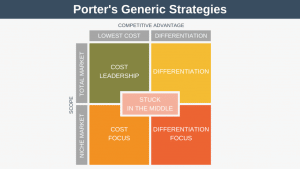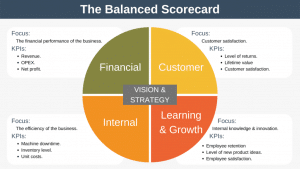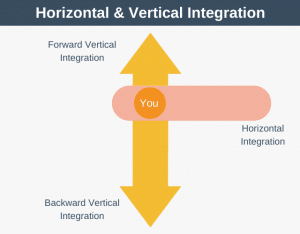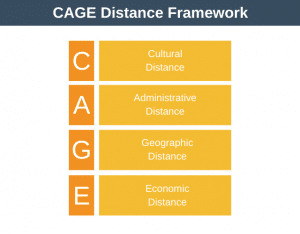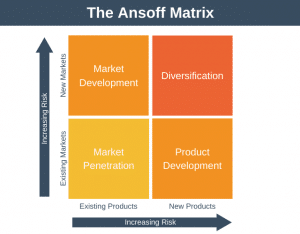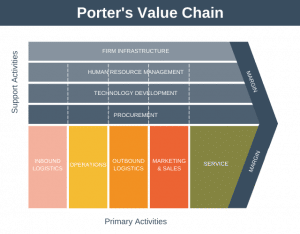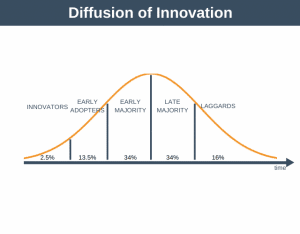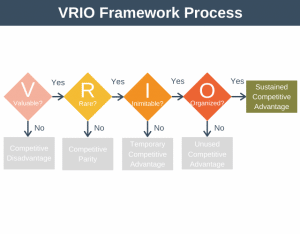Michael Porter’s Diamond Model was first published in his 1990 book, The Competitive Advantage of Nations. The model is a strategic economic one. It attempts to explain why one nation is more competitive than another in a particular industry.
The model is often used by businesses to analyze the external competitive environment. This information can then explain the relative strength of one business against another. It also explains why some industries are more advantageous than others in a particular region.
In the model, Porter attempts to answer the following questions:
- Why does one nation become the most competitive for a certain industry? In the model, Porter refers to this as becoming the home base. For example:
- Germany is a home base for car manufacturing.
- South Korea is a home base for consumer electronics.
- Why are companies from one country or region able to sustain competitive advantage in a particular industry?
In the Diamond Model, the answers to these questions are the determinants of competitive advantage.
The Diamond Model
According to the model, there are four factors that determine national competitive advantage. Porter represented these four determinants as a diamond.
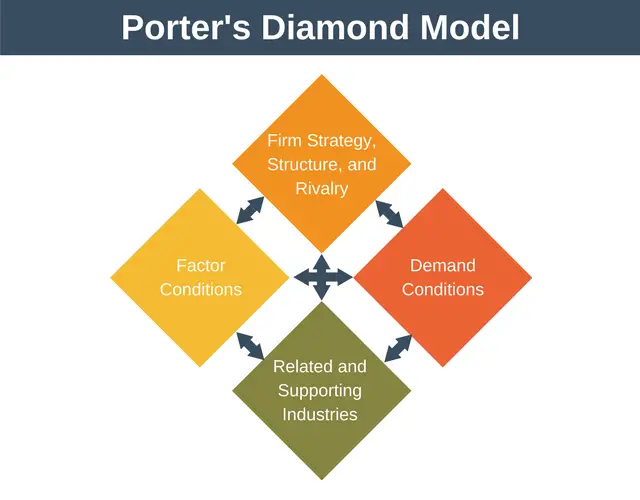
You can think of the four determinants as being the playing field for the industries of a particular nation. The four determinants are:
- Factor conditions.
- Demand conditions.
- Related and supporting industries.
- Firm strategy, structure, and rivalry.
These are the major determinants in the model, but they are not the only ones. The model also shows that there are two extra determinants that can influence any or all of the four determinants.
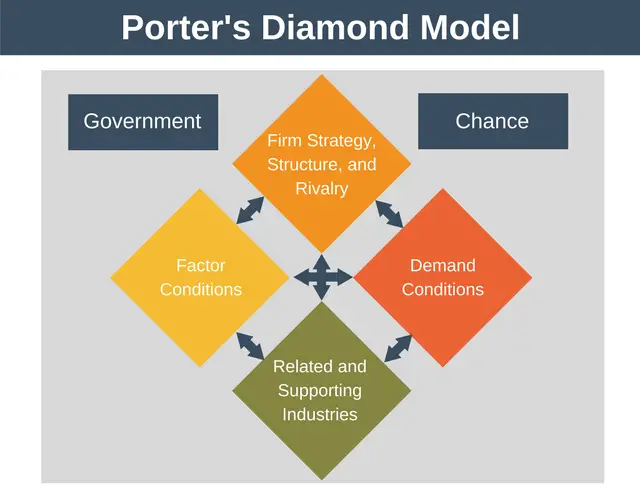
These are:
- Government policy
- Chance conditions
Let’s examine each of the four determinants in turn.
1. Factor Conditions
Factor conditions refer to the different types of resources that may or may not be present within a nation. Resources include such things as human resources, capital resources, natural resources, infrastructure, and knowledge resources.
To understand the role of factor conditions we need to distinguish between basic and advanced factor conditions. Basic factors include natural resources and unskilled labor. Advanced factors include skilled labor, specialist knowledge, and capital, amongst others.
Porter argues that basic factors do not generate competitive advantage as they can be obtained by any company. Only advanced factor conditions can generate competitive advantage.
As an example of an advanced factor, MIT produces graduates with very high computing skills. This, in turn, feeds a software competitive advantage for the United States. Another advanced factor for the US is having a large pool of venture capital seeking to invest in technology startups. This further builds competitive advantage in this industry.
2. Demand Conditions
The main factor of demand conditions is home market demand. To have a competitive advantage for an industry there must be a strong home market demand for the product or service. In fact, the more demanding home market customers are, the greater the pressure on companies to innovate and improve. These demand conditions create a competitive advantage for that nation over time.
Demand conditions include such factors as market size, market growth rate, and market sophistication. Early home market saturation is another factor which can cause firms to innovate.
3. Related and Supporting Industries
The success of one industry can be dependent on the success of related industries or suppliers.
The presence of internationally competitive suppliers within a nation can be helpful to the companies using those suppliers. This is because it gives cost-effective access to inputs. Alongside this, it gives early access to new products and encourages the rapid sharing of information.
Having lots of related industries with a nation often results in new industries. This happens where the related industries can share resources. For example, car manufacturers in Germany could share access to a wind tunnel. This use of shared resources within a nation can create a competitive advantage, as it increases the barrier to entry.
4. Firm Strategy, Structure, and Rivalry
The competitiveness of firms in one nation is determined by how those firms set strategy and structure themselves. Competitiveness is also determined by how much competition there is between firms in the industry.
How firms are structured and set goals will differ from nation to nation. It will be determined by a multitude of social, political, and legal factors.
Intense rivalry causes a drive to innovate. For example, German car manufacturers BMW, Mercedes, and VW would not be so successful without the existence of each other. This intense rivalry drives innovation and makes these companies successful internationally.
Porter’s Diamond Model Example
While describing Porter’s Diamond Model above we touched upon the German car industry, but now let’s use it for a complete example.
To understand the national competitive advantage that the German car industry has let’s examine each of the four determinants in turn. Note that Porter’s Diamond Model is a system with the state of one determining the state and influencing all others.
1. Factor Conditions
A factor condition that exists to make the German car industry competitive is the existence of specialist education establishments. These establishments produce graduates with a specialism in car engineering.
Being a global center for engineering excellence keeps the industry evolving at a rate which is difficult for competitors to keep up with.
2. Demand Conditions
There is strong and intense home demand for German cars, with consumers expecting better and better cars. On some autobahn, there is no speed limit. This creates demand for cars with ever greater performance levels.
This intense demand, combined with high expectations, keeps competition high. It is this furious competition that forces the industry to constantly evolve.
3. Related and Supporting Industries
There are many related industries and suppliers. One example is IT suppliers such as Siemens and SAP. These firms themselves have a global competitive advantage.
By working together with these firms the car industry can enhance its national competitive advantage. By having not just excellent engineering, but also excellent IT raises the bar of entry for potential competitors.
4. Firm Strategy, Structure, and Rivalry
An intense inter-company rivalry between firms such as Mercedes, BMW, and VW feeds rapid innovation as each firm competes for the attention of customers.
5. Government
A final point not to be overlooked in the success of the German car industry is the role of government in that success. The government has invested in creating and funding institutions that perform scientific research. Those same institutions train the best engineers.
The government has also invested in infrastructure. By building new autobahn without speed limits this helps to intensify home demand conditions.
By satisfying all determinants in the Porter Diamond model, the German car industry has built a sustainable national competitive advantage. This competitive advantage is further reinforced with the help of the German government.
Porter Diamond Model Criticisms
Some of the criticisms often leveled at the Porter Diamond Model include:
- The model was developed by examining just ten developed countries. Because of this the model only applies to developed countries.
- There is much evidence to show that the national competitiveness is influenced by factors outside of the home country.
- Not all firms which begin in the home country within a specific industry are successful. This suggests that there are many more factors in play.
- It is not clear how the model applies in the service economy. For example, how can the model be used to analyze the success of McDonald’s or Burger King?
Summary
The Porter Diamond model is a strategic economic model that attempts to explain why one nation-state is more successful than another for a particular industry.
According to the model, for an industry to have a national competitive advantage, four determinant factors must be present.
These four factors are:
- Factor conditions
- Demand conditions
- Related and supporting industries
- Firm strategy, structure, and rivalry
Additionally, the actions of government and chance can play a role in determining if an industry achieves a competitive advantage.

